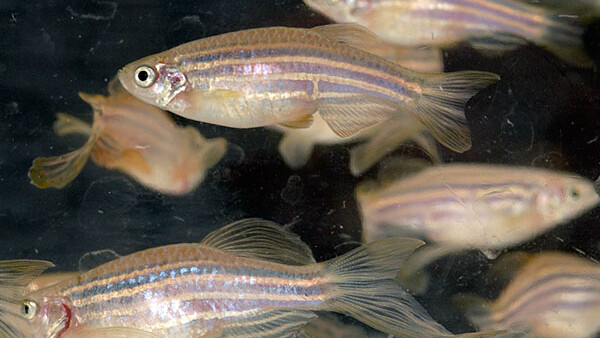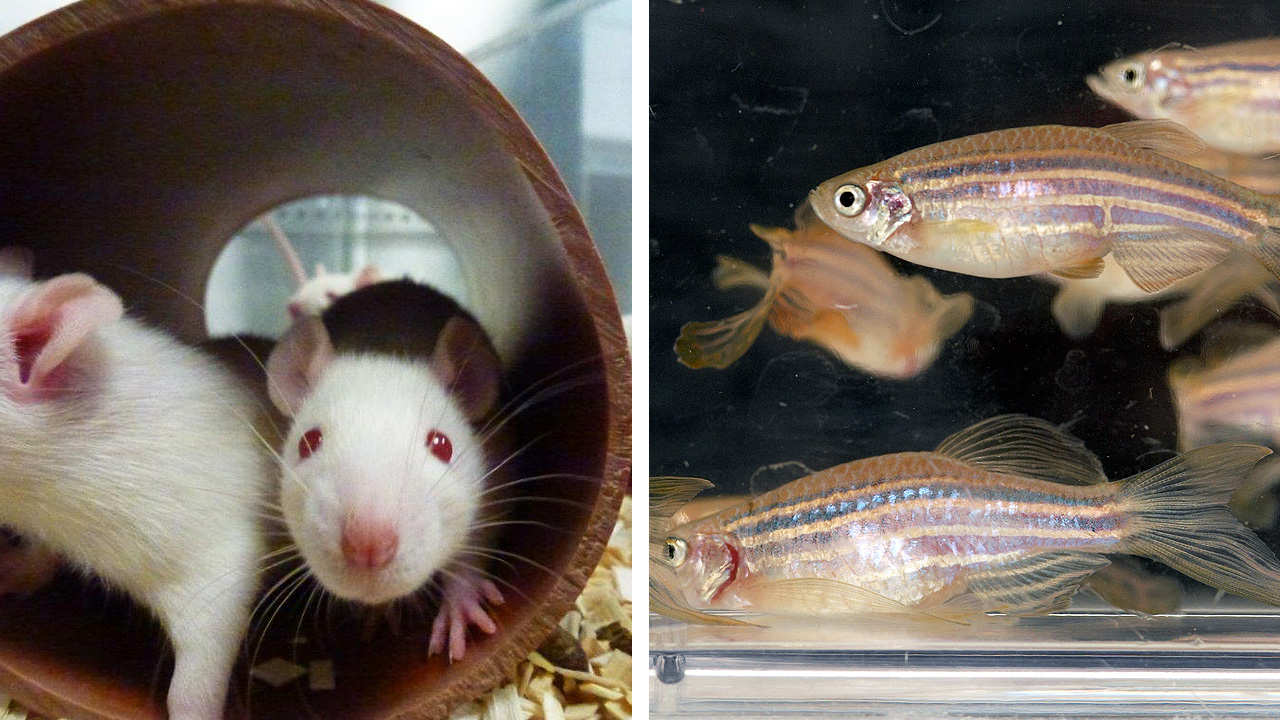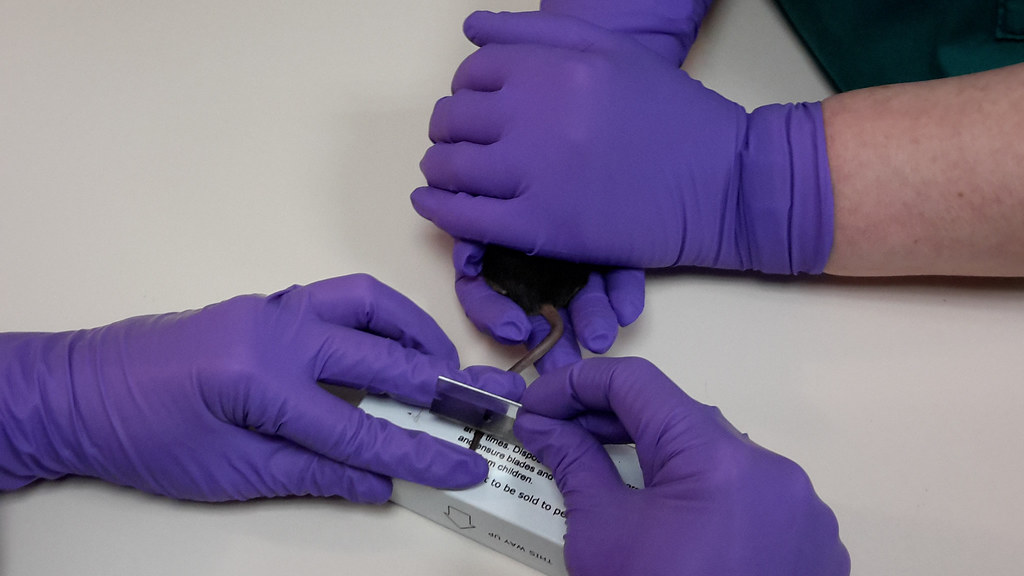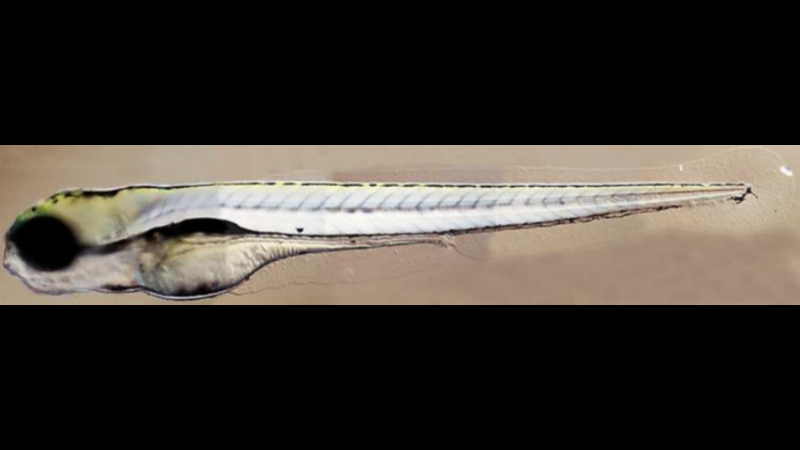Research increasingly shows sex differences in human medical issues, so excluding females from research has worrying consequences for women鈥檚 health.
Animal research
How and why we use animals in some of our research and teaching, and how we make sure we keep to the highest ethical standards.
News
Animal research news and press releases from 49图库免费资料大全.
Joubert Syndrome: the link between intellectual disability and defects in the hippocampus

An important link has been found between the intellectual disability seen in children with Joubert Syndrome and defects in a specific part of the brain.
How changes in ageing fish may offer insight into dementia

Dr Vasanta Subramanian has been awarded nearly 拢50,000 to study how a species of African fish can help scientists develop treatments for Alzheimer鈥檚 disease.
University retains its animal research Leader in Openness status

The 49图库免费资料大全 has retained its status as a Leader in Openness in animal research until 2025.
Digitise your dog into a computer game

Researchers from CAMERA have developed motion capture technology that enables you to digitise your dog without a motion capture suit and using only one camera.
How the zebrafish got its stripes

Animal patterns are a source of endless fascination, and now researchers at the 49图库免费资料大全 have worked out how zebrafish develop their stripes.
Policies, codes and procedures
Our policy statement on animal research, the procedure for ethical review and the code of ethical practice we follow.
Animal research: policy statement

How we approach research involving animals, including regulations we follow, our ethical review process and the animal species we use in our research.
Code of ethical practice for research involving animals
Our code for research and experimentation involving the use of animals.
Procedure for ethical review when using animals
How we conduct the ethical review of the use of animals, their tissue or blood in research and teaching.
Open response to the PETA UK campaign, 'Please Stop Tests on Animals'
An open response explaining our use of animals in research, how we maintain high animal welfare standards and the alternatives we use when possible.
Open response to PETA enquiry
Following a recent enquiry from PETA we are publishing this response in the interests of openness around animal research.
Facts and figures
Read about the type and scale of our animal research activities and their impact on animals.
How and why we carry out animal research

Frequently asked questions about our animal research activities and the impact on animals.
Facts and figures about our animal research
See more details of the type and scale of our animal research.
Guidance and forms
What you need to do to make sure your research involving animals is ethically responsible.
Carrying out ethically responsible research involving animals
What you need to do if you are planning to carry out research involving animals.
Animal research: ethical review form for teaching and research
If your research or teaching involves animals that are not licensed by the Home Office, you must complete and submit this form.
Case studies
Read about our animal research in action.
Searching for genetic clues: How early development affects lifelong health

Developmental geneticist, Dr Kim Moorwood, explores how the genes behind fetal growth could impact our chances of serious health conditions in later life.
Using animal-alternative methods to model organisms

We are using computer-simulated methods (in-silico) to model organisms and better understand neural networks.
Dr Sarah Bailey talks about her research for International Day of Women & Girls in Science.
Showing the public the high welfare standards research animals receive will build trust in scientists, says Dr Sarah Bailey, Chair of the Animal Research Forum.
Refining blood sampling in mice

We've developed a minimally invasive method of blood sampling, which allows multiple samples to be taken from the same animal with as little stress as possible.
Understanding a human disease gene using zebrafish genetic models

How zebrafish have been used in our research to better understand a human disease gene associated with skin and pigment diseases.